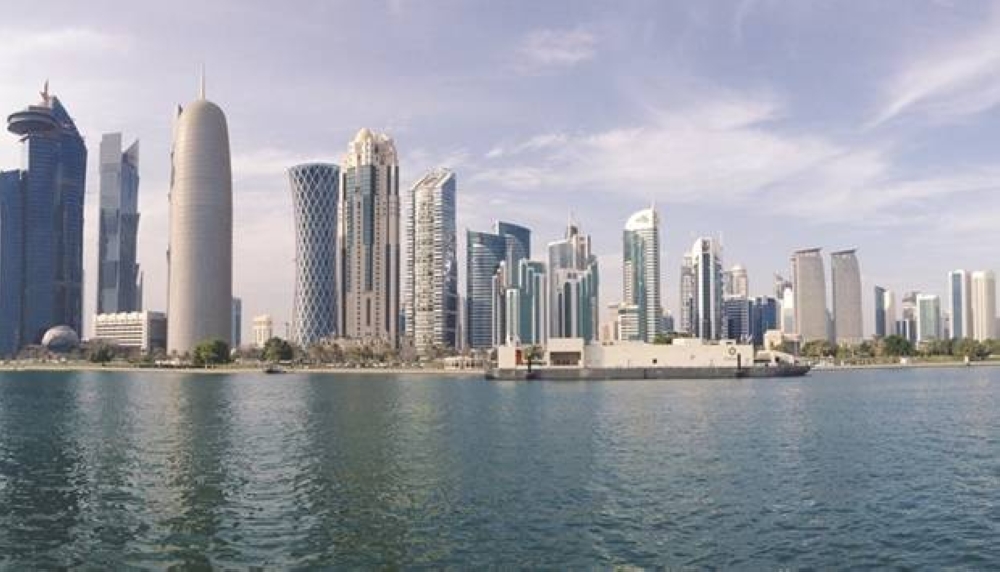Qatar has achieved “commendable” progress in developing medium-term fiscal frameworks (MTFFs) with fiscal anchors that clearly incorporate multi-year revenue initiatives and spending priorities, International Monetary Fund said in a report.
As well as stronger linkages with budget planning and execution, the MTFFs should be closely coordinated with medium and long-term government development strategies and plans and supported by sound fiscal institutions, IMF said in a recent report “Economic prospects and policy challenges for the GCC countries”.
Additionally, given the increasing role of GCC Sovereign Wealth Funds (SWFs), there is a need to enhance sovereign asset-liability management frameworks closely aligning them with MTFFs.
To further enhance the credibility of fiscal policy, regular public communication of fiscal plans and outcomes, as well as of the government strategy on oil revenue management and its impact on reserves and domestic liquidity would be beneficial.
On GCC energy producers, IMF said the impact of the high oil prices and a jump in demand for non-Russian gas is likely to expand their role in global energy flows.
For instance, IMF noted QatarEnergy announced joint-venture agreements with five of the biggest oil companies to develop a $29bn project known as the North Field East, which aims to increase Qatar’s annual LNG output from the current 77mn tons per year (mtpy) to 110mtpy by end-2027, and further to 126mtpy by 2028.
Since the war in Ukraine, Qatar has also signed partnership agreements with several European countries to increase gas supply to these countries over the medium term.
Similarly, the Saudi Arabian authorities had already announced medium-term plans to lift oil production capacity by more than 1mbpd to reach over 13mbpd by 2027 (as well as to develop gas production).
According to IEA estimates, with an eye on energy security Middle East National Oil Companies (NOCs) are the only ones among all regions that are planning to invest more in oil and gas activities in 2022 as compared to 2019.
On Qatar’s economic growth the report said the country’s non-hydrocarbon growth is expected to reach 4% in 2022, supported by favourable hydrocarbon prices and the start of the North Field expansion project, as well as the World Cup-induced buoyancy.
Its hydrocarbon growth, however, is projected to be "modest" in 2022 as Qatar is already producing at capacity.
Inflation in the GCC region is rising but remains broadly contained, IMF noted.
Inflation in GCC has picked up from 0.7% (y-o-y) in July 2021 to 3.2% (y-o-y) in July 2022, mainly driven by higher food prices.
Inflation is expected to reach 3.6% on average this year (ranging from Saudi Arabia at 2.7% to Qatar and Kuwait at 4 ½ percent and the UAE above 5%).
Subsidies and price caps on certain products (e.g., some food products, gasoline, electricity and water), a strong dollar that helps reduce import costs, subdued rent prices amidst higher supply in particular for some segments (e.g., villas), a limited share of food in the CPI basket, and continued labour market slack (example in Saudi Arabia) have helped contain pressures from supply- side shocks and higher inflation in trading partners.
Over the medium term, inflation is expected to moderate to about 2% as global inflationary pressures abate, IMF noted.


